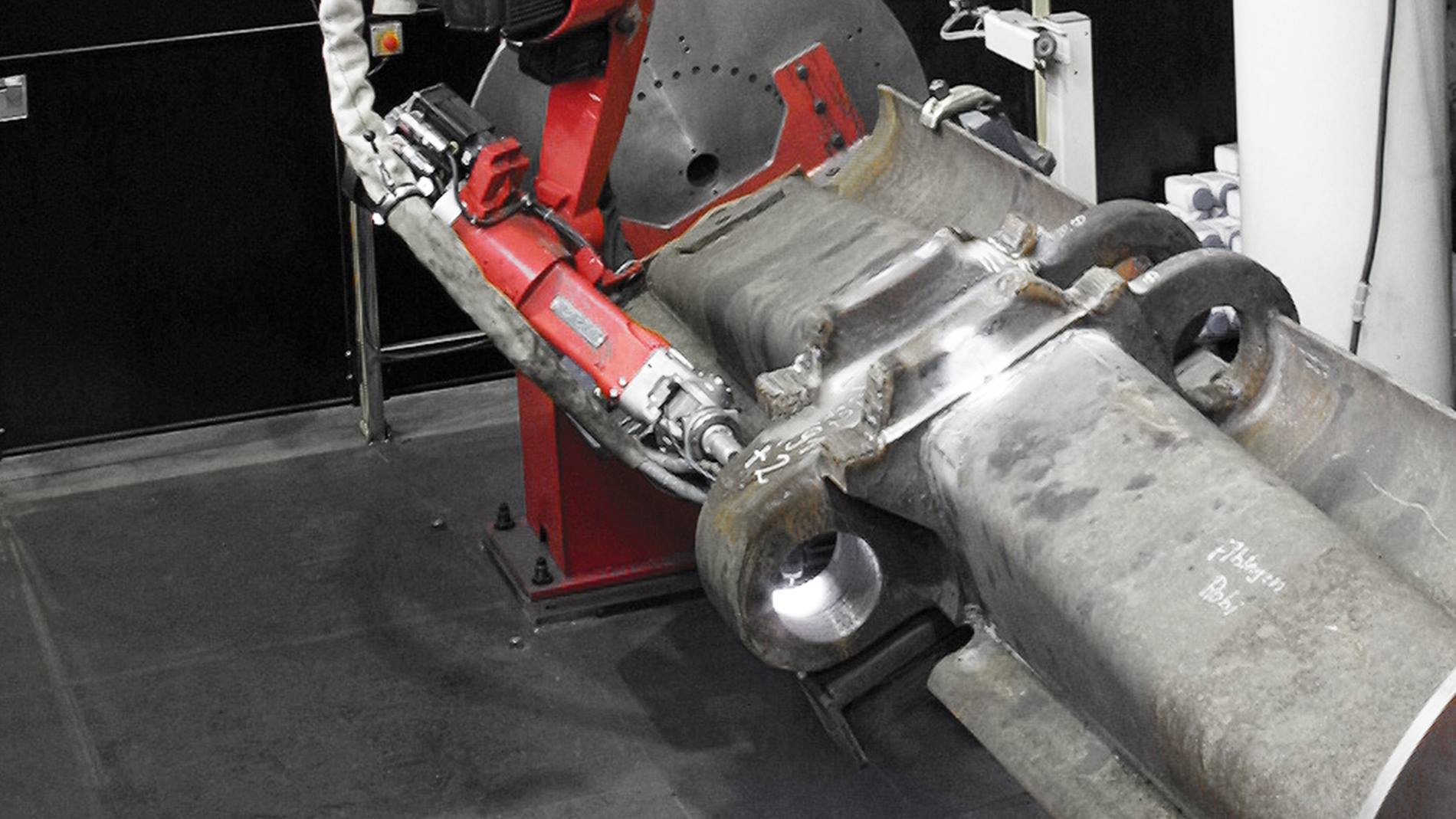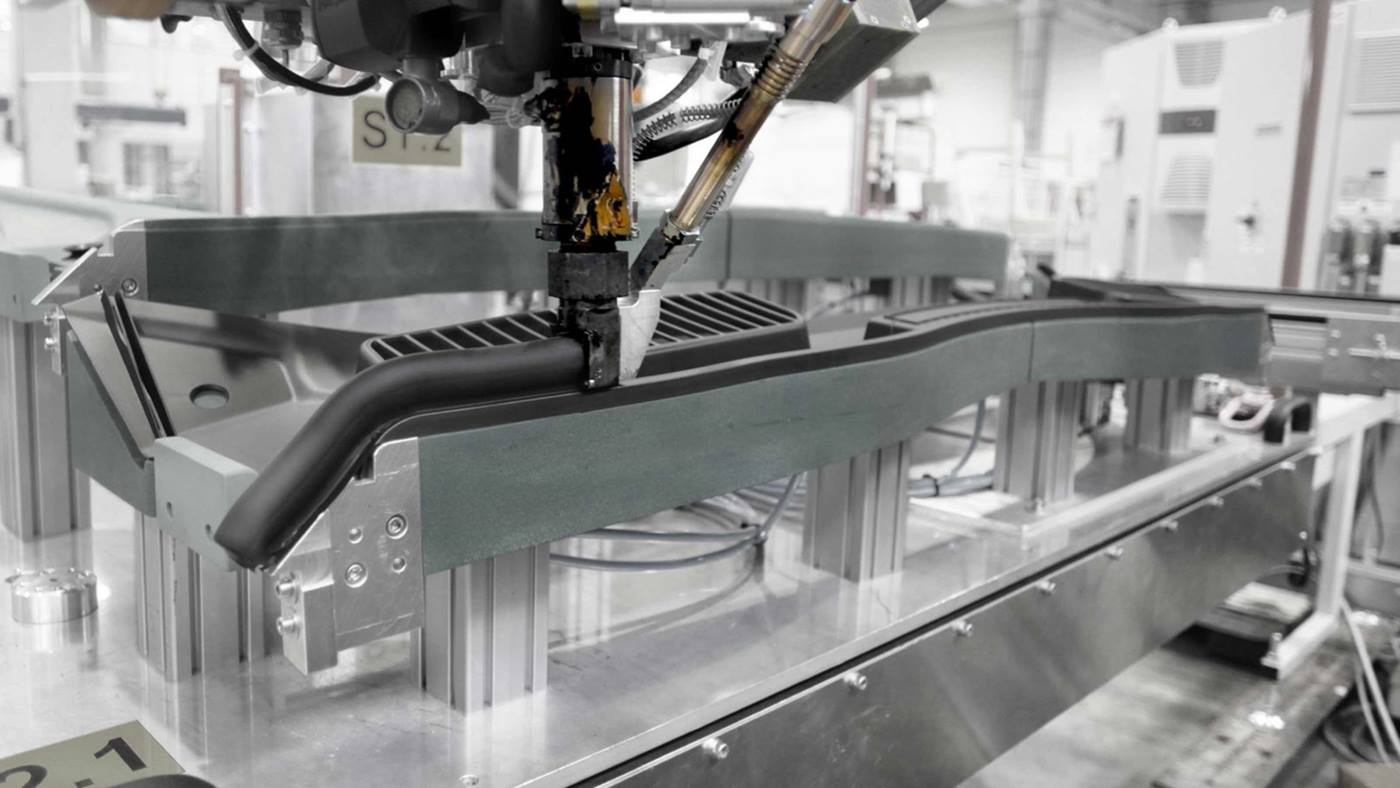Plasma transferred arc welding: the technology
Among other things, plasma transferred arc welding is used for the production of mining equipment, bottle molds, valve seats, and for repairing extruder screws or aircraft turbines. What is unique about the PTA process is the two separate and individually controllable arcs.
In plasma transferred arc welding, the pilot arc burns between the non-melting tungsten electrode and the plasma nozzle. As a result, the plasma gas (usually argon or helium) is accelerated. This ignites the main arc, which burns between the electrode and the workpiece. The workpiece is melted. The metal powder introduced to the arc is also melted, which results in a protective layer forming on the workpiece.
Automated plasma transferred arc welding
Plasma transferred arc welding is a coating process that is easily automated, resulting in excellent reproducibility. This makes the PTA process highly suitable for the production of serial parts.
Various degrees of automation are possible. For example, robots can be used both for guiding the torch (for heavy components) and for guiding the components (for lighter materials).
Plasma transferred arc welding: the advantages
The PTA process increases the service life of components that are exposed to high temperature fluctuations or impacts, for instance. The coating process also facilitates:
- a small heat-affected zone
- a high application rate and
- low dilution with the base material.
Protect your components with an extra layer: give us a call to discuss the details of plasma transferred arc welding.


